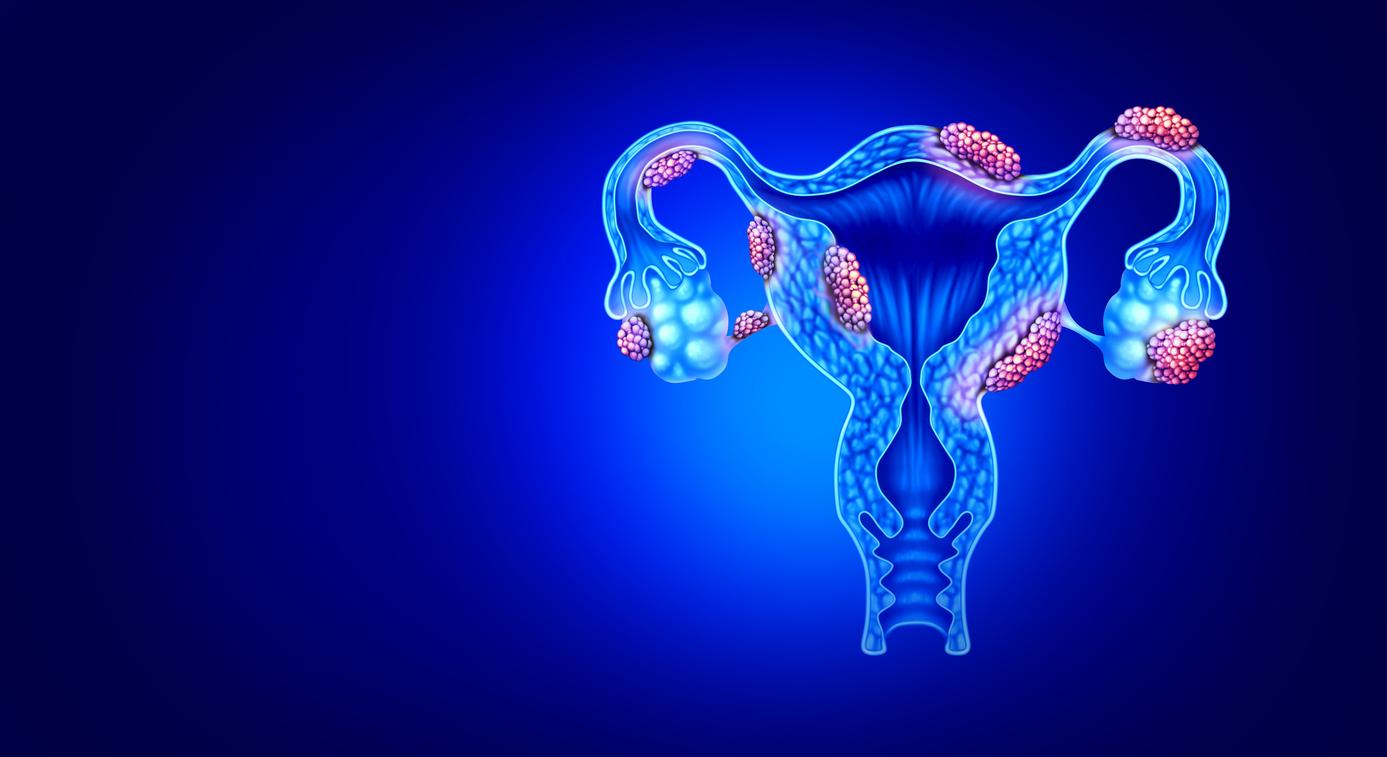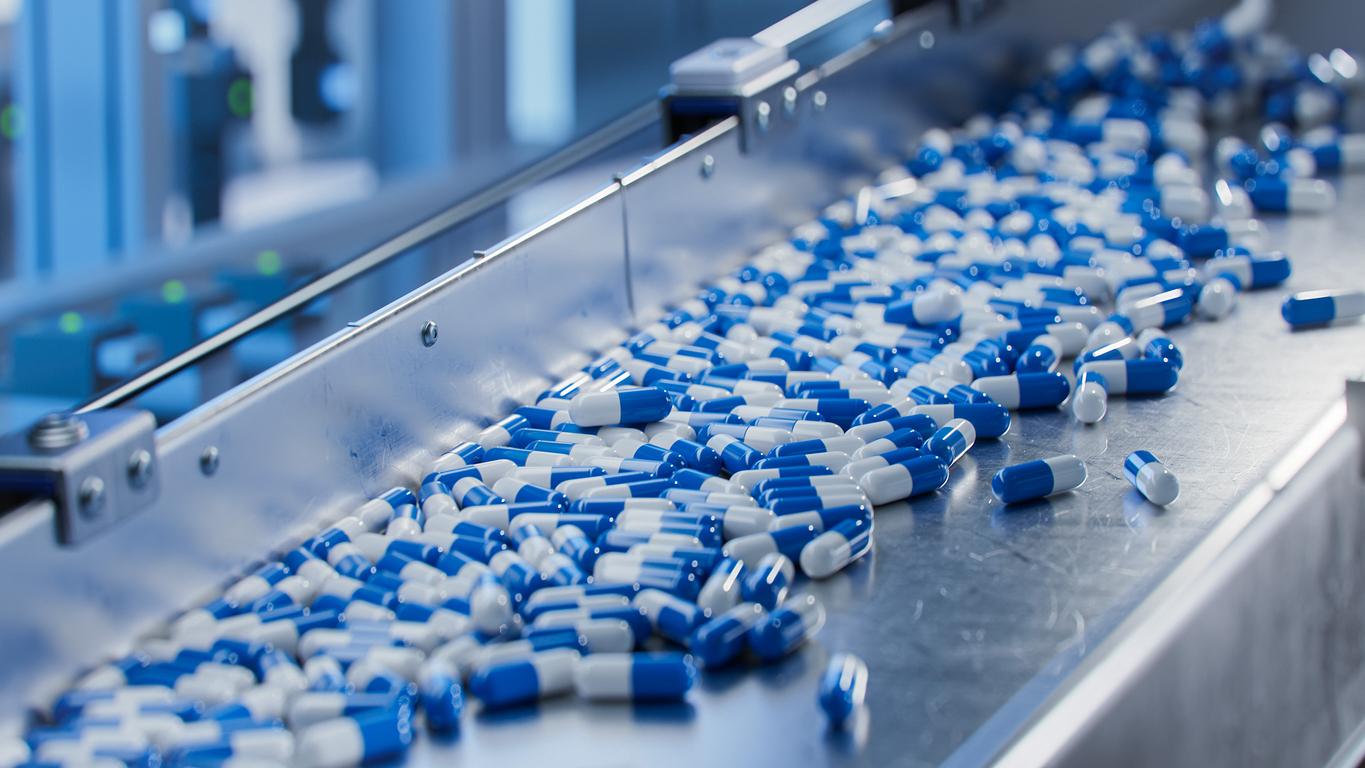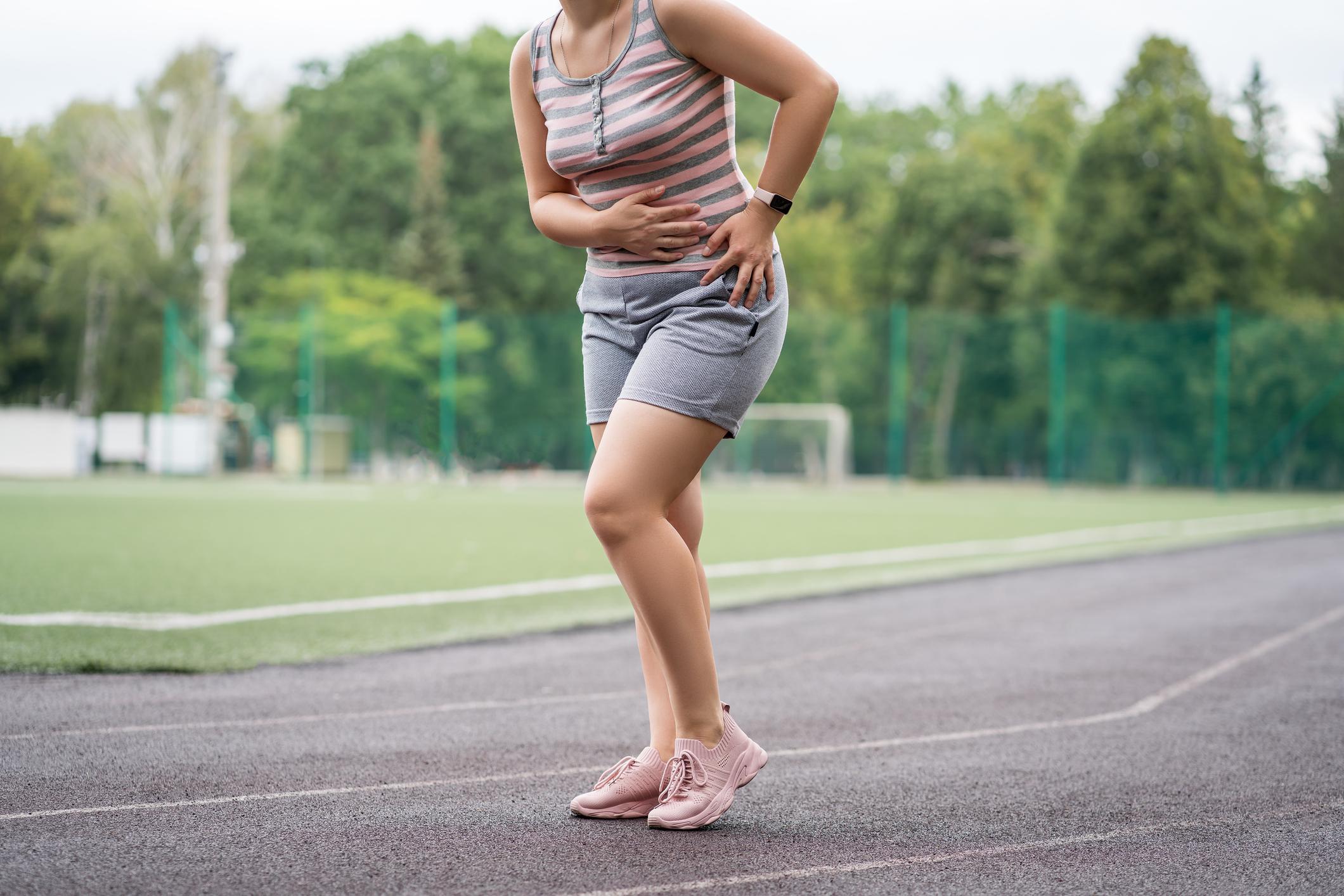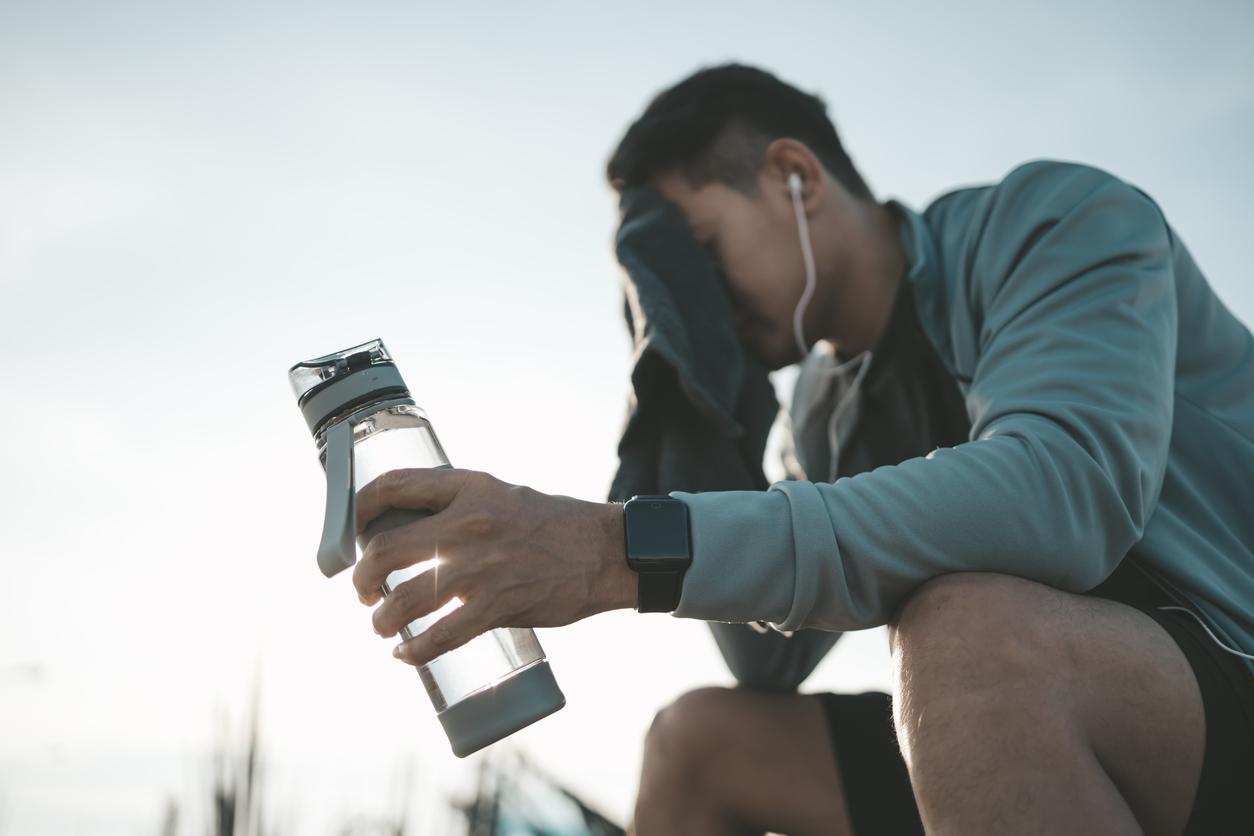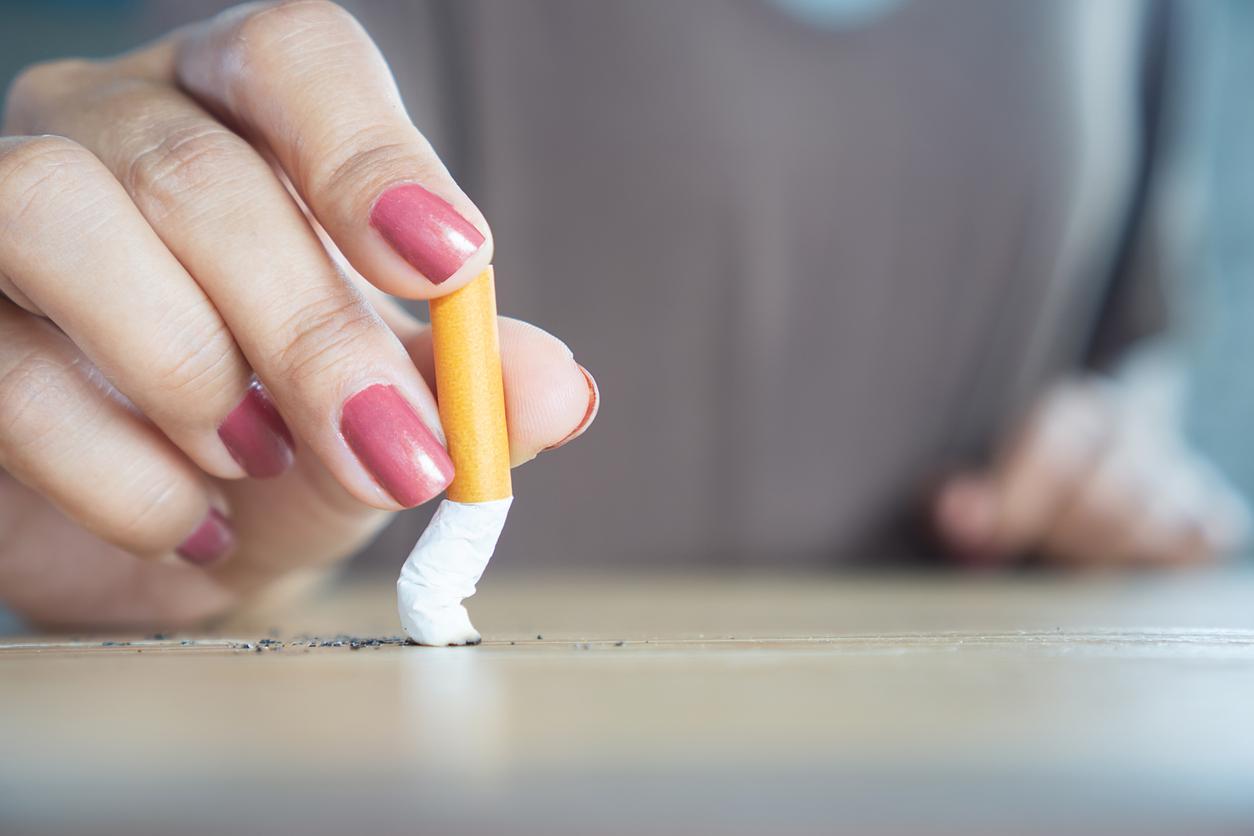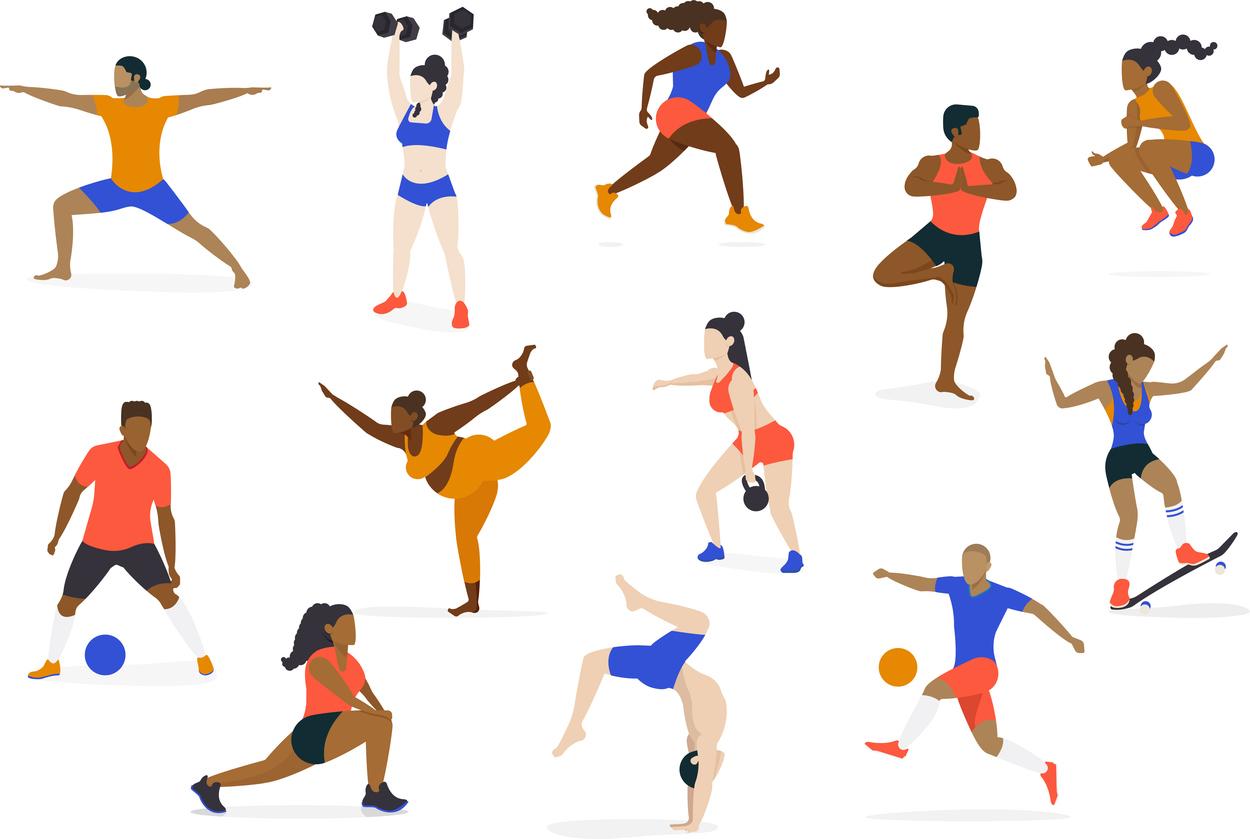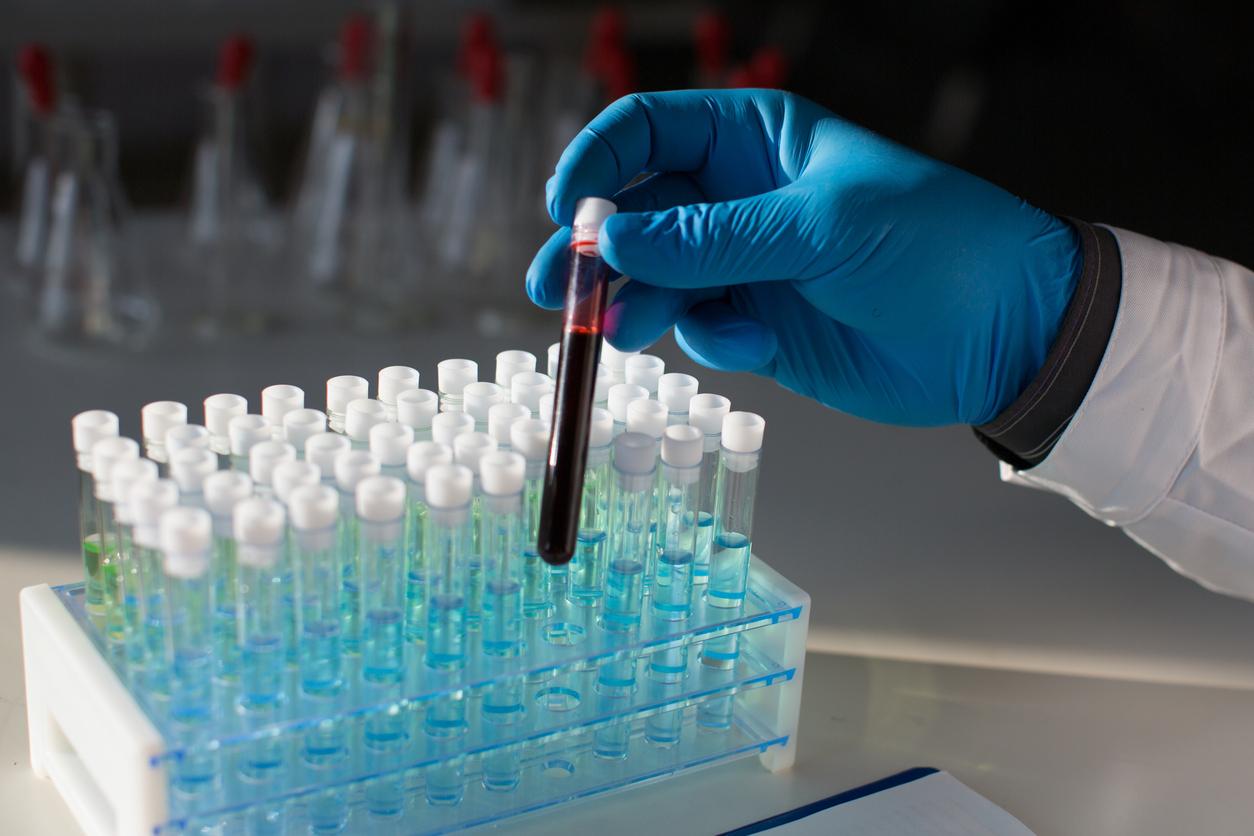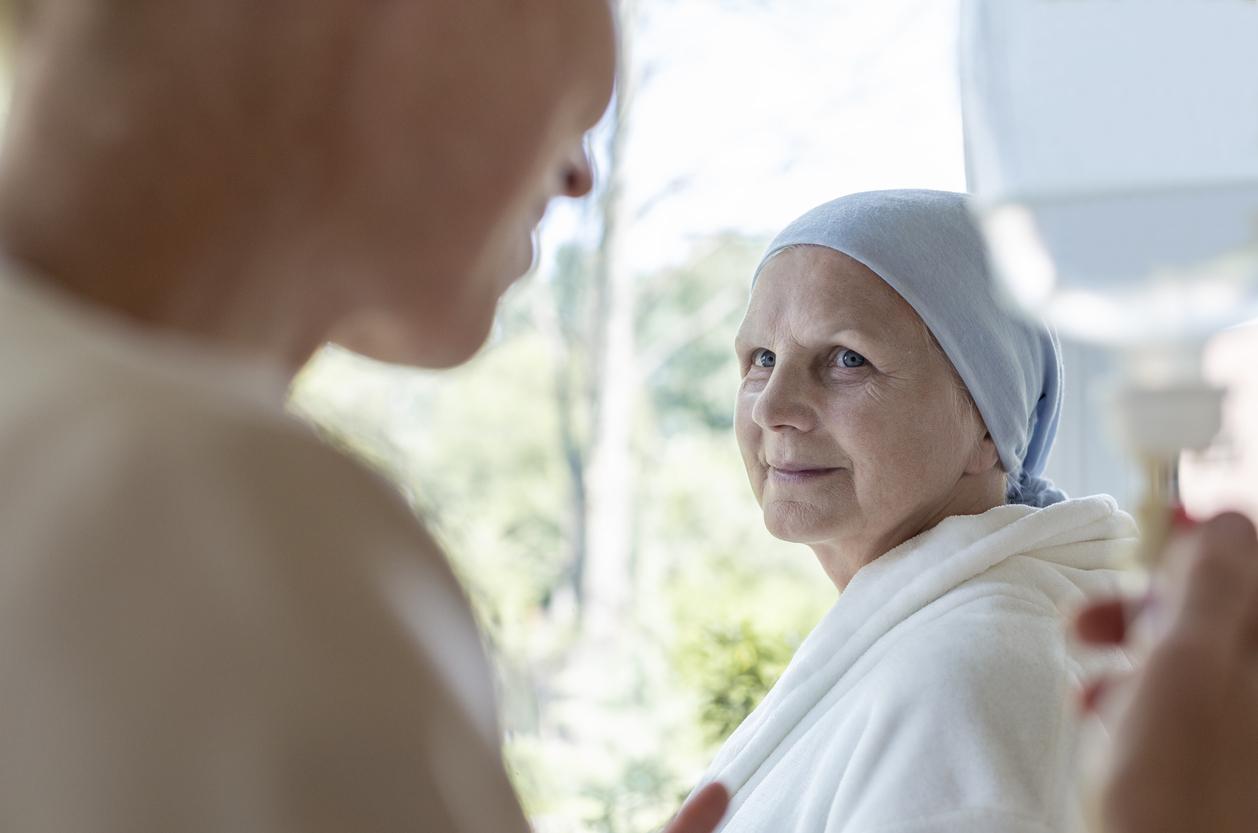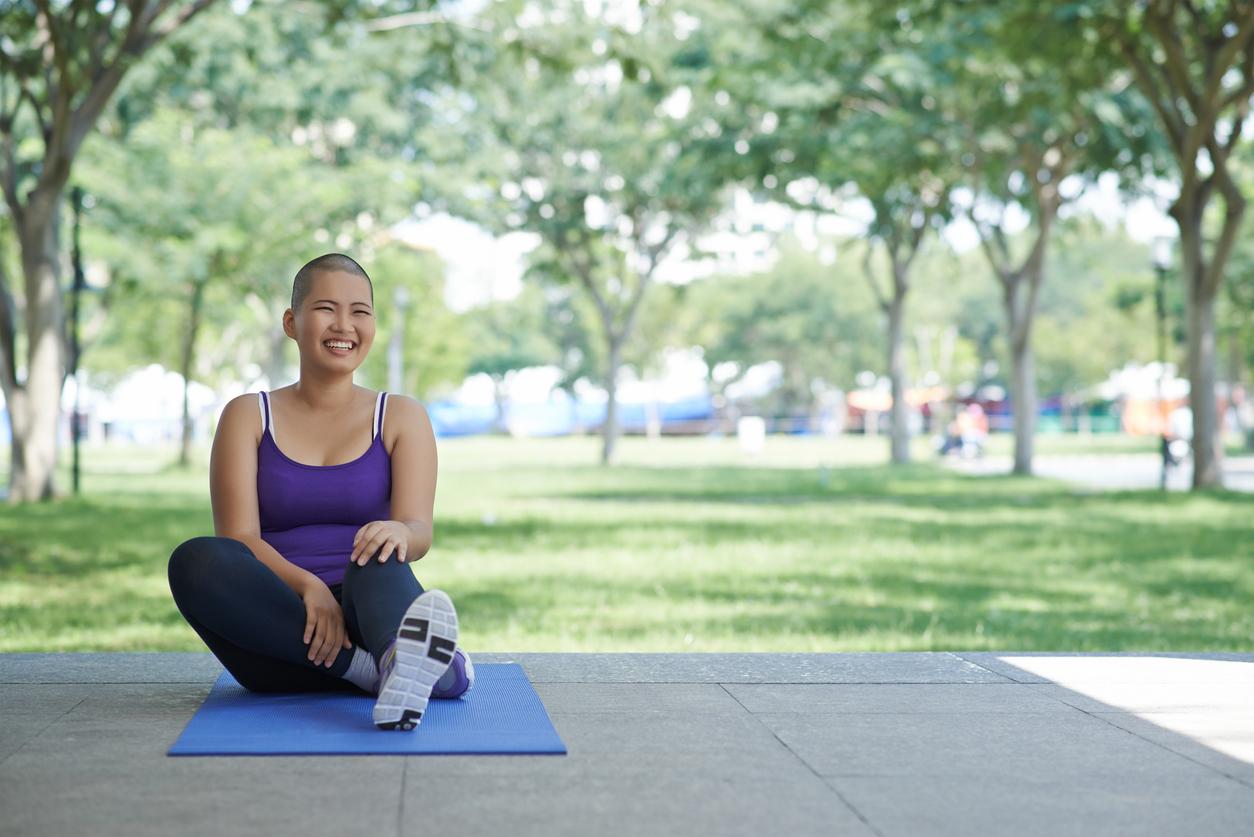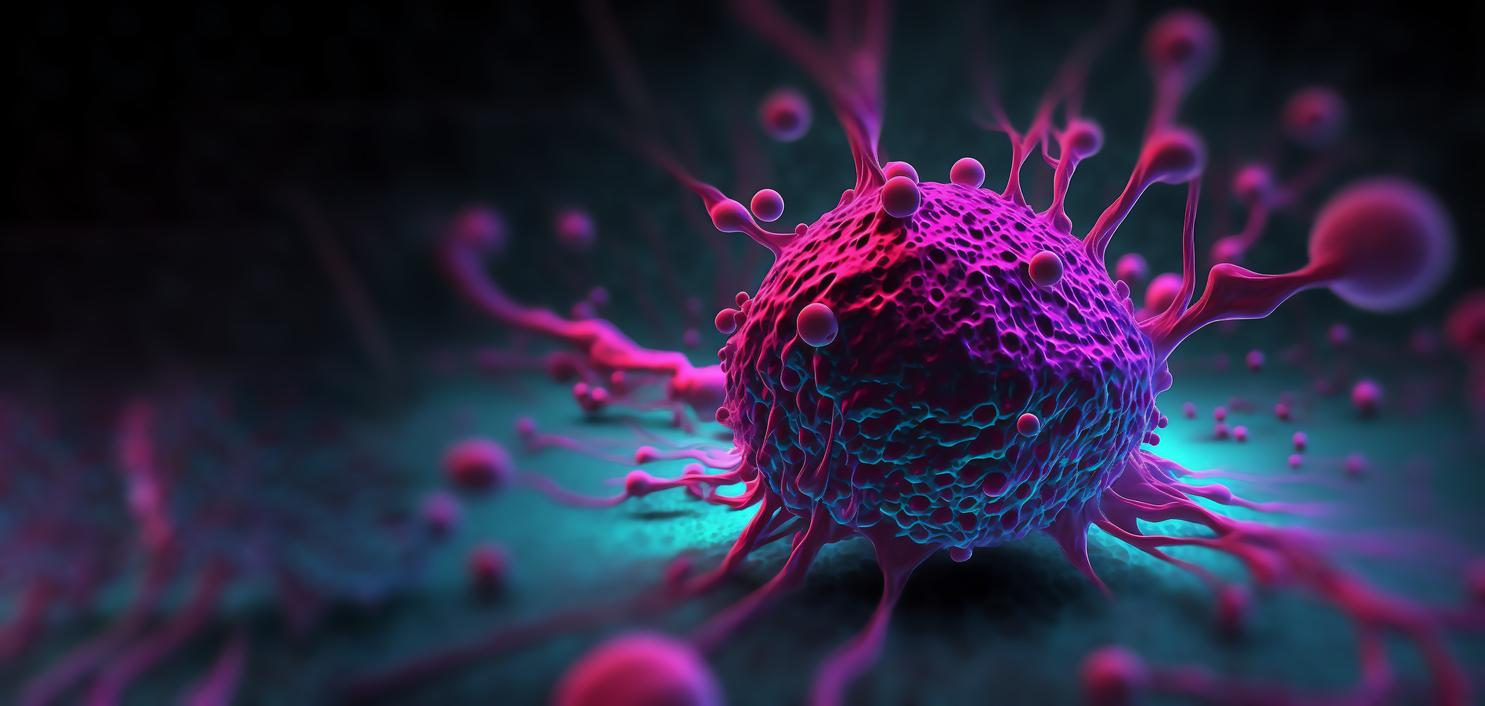Practicing physical activity during chemotherapy allows people with cancer to improve their long-term cardiorespiratory capacities.

- Physical activity is not just about sport: it can also be walking, gardening, etc.
- Several studies show that the practice of physical activity reduces the risk of developing certain cancers.
- It is advisable to practice 30 minutes of cardiorespiratory activity, five times a week as well as two weekly muscle strengthening and flexibility sessions.
Sport is particularly recommended for people with cancer. “Physical activity helps improve your quality of life during and after cancer (better tolerance to treatments, reduction of fatigue, etc.)explains theNational Cancer Institute. It has also been proven that physical activity, practiced under certain conditions, improves the prognosis of the disease and reduces the risk of recurrence for certain cancers.“But what is more effective: practice during or after treatment? A research team from the University of Groningen in the Netherlands answered this question in a study published in JACC: CardioOncology.
Cardiorespiratory function, an indicator of cardiovascular health
“The benefits of exercise in cancer patients are widely recognizedrecalls Annemiek ME Walenkamp, the main author of this research. However, there is insufficient evidence on the optimal time to perform it to improve long-term cardiorespiratory fitness in cancer patients.“She points out that cardiorespiratory fitness is one of the most important indicators of cardiovascular health. It is measured by assessing maximal oxygen consumption, VO2 max. adverse effects.
Of patients followed a sports program during or after their chemotherapy
For their trial, the researchers recruited 266 cancer patients (breast, testicle, colon and lymphoma). All had scheduled chemotherapy treatment, but they were split into two groups: one had to follow a 24-week sports program at the same time as the chemotherapy, the other followed it afterwards. Recommended exercises included a moderate-to-high intensity session on an exercise bike, resistance training with weight machines and free weights, and badminton. To understand the effects of this sport, the scientists recorded the participants’ VO2 max at different times, and they collected data on their muscle strength, fatigue and overall physical activity level.
Sport is more effective during chemotherapy
Just after chemotherapy, the indicators were better for the group that started physical exercise during the treatment, in particular concerning fatigue and muscle strength, their VO2 max decreased less significantly, compared to the other group. Three months after chemotherapy, the group that started exercising after treatment had values similar to those of the other participants. “Both groups were back to baseline cardiorespiratory fitness a year later.”, observe the authors. For Annemiek ME Walenkamp, these results prove that it is possible to practice a sport during chemotherapy and that it allows to have the best benefits in terms of cardiorespiratory capacities, but in terms of physical activity, the most important thing is to practice at any time. “Following an exercise program after chemotherapy is a viable alternative when exercise during chemotherapy is not possibleshe points out. We hope that our findings will motivate healthcare providers to guide patients to engage in exercise interventions during cancer treatment.“In France, physical activity is part of the supportive care offered to people with cancer.



